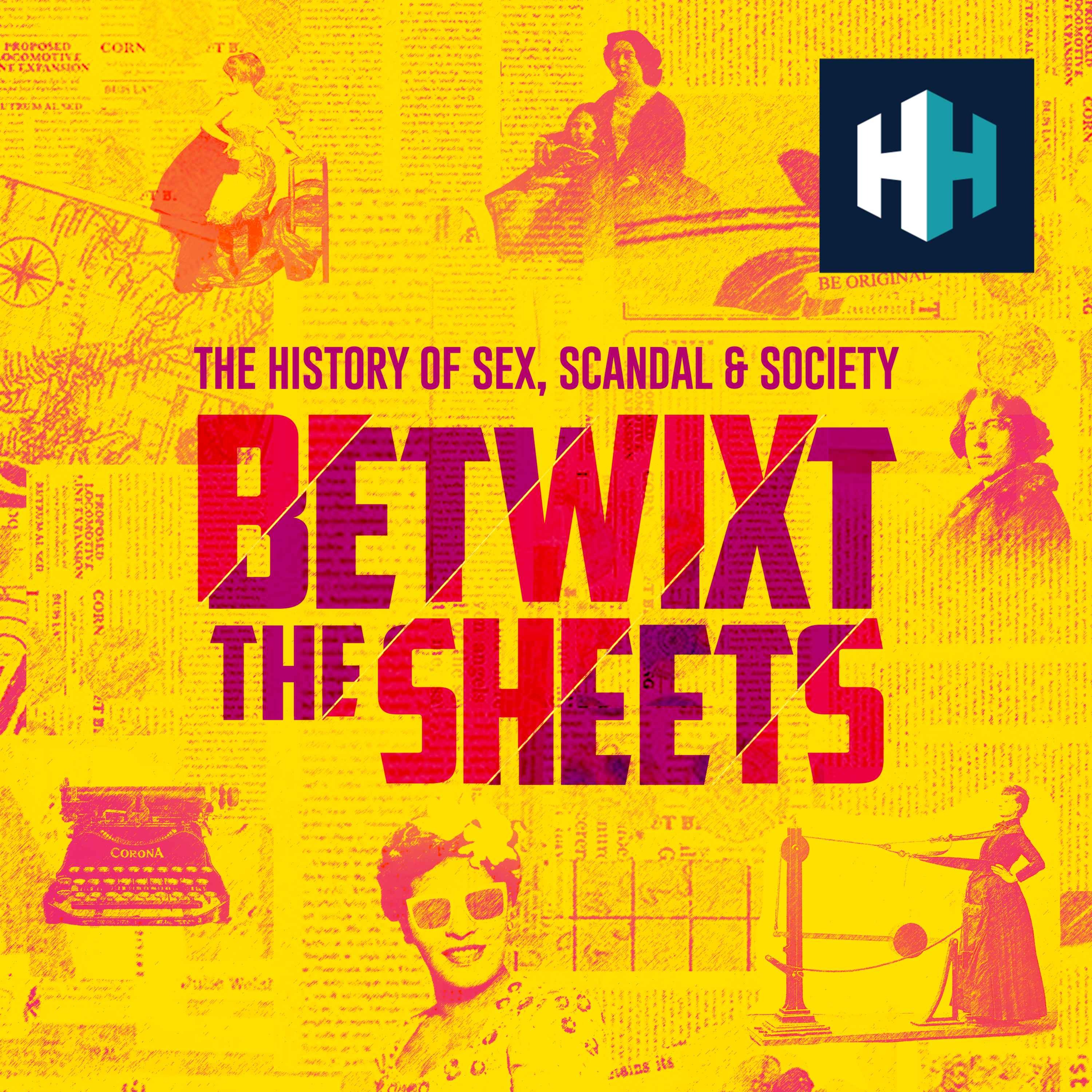
How Did People Smell in Medieval Times?

Betwixt The Sheets: The History of Sex, Scandal & Society
Deep Dive
Why is the British Library exhibition 'Medieval Women in Their Own Words' significant?
The exhibition highlights the voices of medieval women, showcasing their achievements, challenges, and everyday lives across society. It emphasizes women's own testimonies, which are often missing from historical records, aiming to give them a central place in history.
How did Tasha Marks approach creating scents for the medieval women's exhibition?
Tasha Marks used a multisensory approach, focusing on making scents visible and interactive. She worked with conservation teams to ensure the scents were compatible with the exhibition's sensitive collection. The scents were presented in a sculptural way, allowing visitors to experience them up close.
What misconception about medieval hygiene does the exhibition aim to correct?
The exhibition challenges the misconception that people in the Middle Ages had poor hygiene. It showcases medieval cosmetic recipes, including hair perfumes and breath fresheners, to demonstrate that people cared about personal grooming and cleanliness.
How did Tasha Marks create the scent for Marjorie Kemp, a medieval visionary?
Marjorie Kemp's visions were described as multisensory, including intense sweet smells. Tasha created a sweet, sickly scent inspired by her descriptions, which is part of the exhibition's spiritual section. The scent is designed to evoke the otherworldly nature of her visions.
What is unique about the manuscript of Christine de Pizan featured in the exhibition?
The manuscript of Christine de Pizan is unique because it was made under her personal supervision for presentation to the Queen of France. It includes illustrations of Christine as she wanted to be seen, making it a rare example of a medieval manuscript directly linked to the author.
What does the exhibition reveal about women's roles in medieval society?
The exhibition shows that medieval women had diverse roles, including as authors, artists, and political figures. It challenges the stereotype of women as passive or oppressed, highlighting their agency and involvement in various aspects of society.
What is the significance of the Luttrell Psalter in the exhibition?
The Luttrell Psalter features vivid illustrations of everyday life, including women engaged in agricultural labor. It provides a visual testament to the important role of women in medieval rural life, which is further supported by historical records showing women were paid for their labor during harvest.
How does the exhibition present the spiritual visions of medieval women?
The exhibition uses multisensory elements, including scents, to bring the spiritual visions of medieval women like Julian of Norwich and Marjorie Kemp to life. It aims to make the rich, often hidden, stories of these women more accessible and immersive for visitors.
What is the story behind the only surviving copy of Marjorie Kemp's autobiography?
The only surviving copy of Marjorie Kemp's autobiography was discovered in the 1930s when a family found it in a cupboard while looking for ping pong balls. It was nearly thrown on a bonfire but was saved and later identified as a rare medieval manuscript.
What does the exhibition reveal about medieval women's involvement in agriculture?
The exhibition highlights that women were active participants in medieval agriculture, particularly during the harvest. Historical records show that women were paid for their labor, though they received less than men, indicating a gender pay gap even in the 15th century.
Shownotes Transcript
Accessing stories from the past can be difficult, but how do we access smells from the past?
In today's episode, Kate is joined by Eleanor Jackson, curator of a new British Library exhibition, Mediaeval Women In Their Own Words), which features original texts about, and by, women from this period.
Whether that's Joan of Arc's signature or a welsh poet who wrote “Lovely bush you are blessed by God above” in her 'Poem to the Vagina'.
Kate's also joined by Tasha Marks), an artist who creates sensory experiences, who has brought to life smells such as medieval hair perfumes to life as part of the exhibition.
This episode was edited by Matt Peaty and produced by Stuart Beckwith. The senior producer was Charlotte Long.
All music from Epidemic Sounds/All3 Media.
Sign up to History Hit for hundreds of hours of original documentaries, with a new release every week and ad-free podcasts. Sign up at https://www.historyhit.com/subscribe).
You can take part in our listener survey here).
Betwixt the Sheets: History of Sex, Scandal & Society is a History Hit podcast.